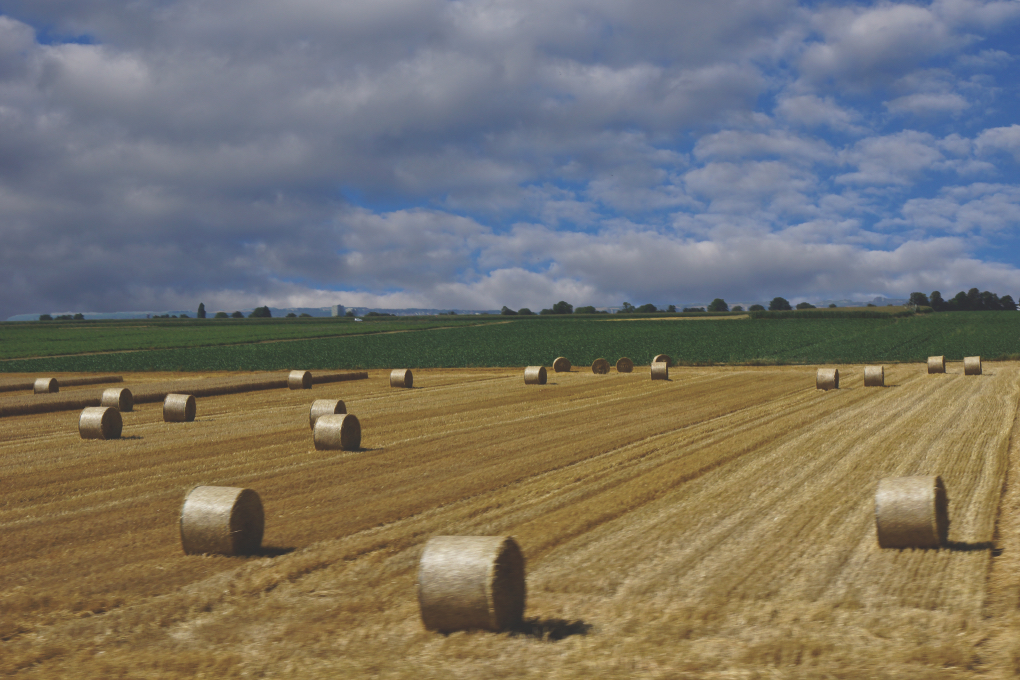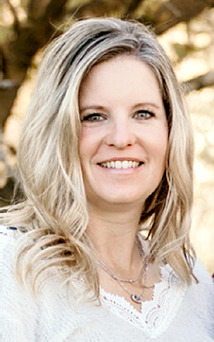Rachael Brooke, Phillips-Rooks District Extension Agent Agriculture and Natural Resources
Estimating How Long the Hay Supply Will Last
“I have 60 head of mature cows and 300 large round bales of hay on hand. If I start feeding harvested forage today, do I have enough forage to make it through the winter?” This is an actual scenario and a real concern for many this year due to the reduction in forage supplies because of drought in areas throughout Kansas and in our neighboring states.
The first step in understanding forage supply is having an accurate bale count, estimation of bale weight, and knowledge of the hay dry matter percentage (100 – moisture %). An estimated value to account for storage loss should also be included because failure to do so will result in overestimating tonnage. A conservative value of 15% dry matter loss can be used.
Assessing the forage demand can be a little more complex as number of days on feed needs to be calculated and anticipated adjustments in cattle inventories. Producers should include cows (forage intake depends on production phase; dry vs. lactating), calves, bulls, and replacement heifers.
Additional forage needs due to inclement weather and body condition score changes would need to be accounted for. Likewise, this does not determine what additional protein and energy supplementation may be needed, but it is the first fundamental step to be completed when evaluating the adequacy of the nutritional program of the cowherd and planning for future needs.
Concerns regarding grazing availability next spring if pastures don’t green up appropriately may force producers to continue to feed stored forage. That additional forage would also need to be calculated.
Taking a thorough approach and using accurate forage inventory estimates helps us make more informed decisions that can have substantial economic implications with today’s forage market.
For more information, please contact the local K-State Research and Extension Office.
K-State Research and Extension is an equal opportunity provider and employer.
Article written by: Jason Warner, K-State Research and Extension Cow-Calf Specialist





